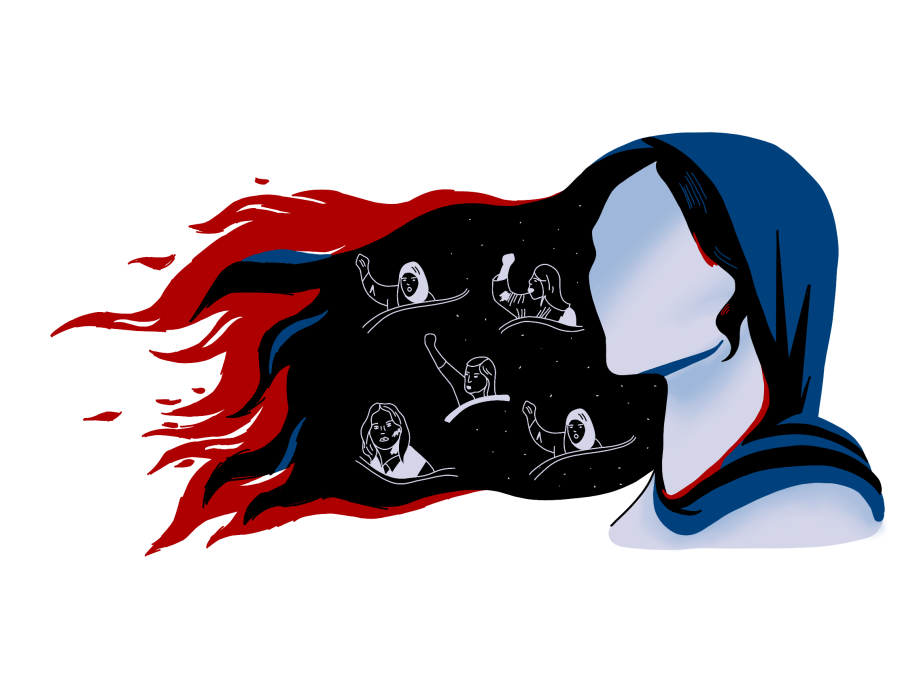Following the September death of Mahsa Amini, a series of women’s rights protests sparked throughout Iran against president Ebrahim Raisi’s regime. Amini allegedly died as a result of severe injuries sustained at the hands of Iran’s so-called morality police after being arrested under allegations of improperly wearing her hijab.
According to the New York Times, security forces attacked these protesters with tear gas, beat them with batons and in some places, like Tehran, Shiraz, Qazvin and Saghez, opened fire on them, with pellets, paint and live bullets.
Social studies teacher Stephen Foug said the women’s rights protests in Iran are not new.
“Widespread protests tend to catch on and spread really quickly in Iran, but the government cracks down,” Foug said.
However, the past few years have seen a rise in protests in Iran, including those regarding the lack of water and oil workers, which all stem from the public’s discontent with the Iranian government.
“These overlapping or seemingly really specific (protests) are all tapping into greater frustration of the people,” Foug said.
Foug also said the recent women’s rights protests are significant because they represent a culmination of anger towards the repressive government of Iran.
“When a country is seeing this frequency (of protests) happening, it seems like there’s something building here that is not just about this individual policy but against the government altogether,” Foug said.
Sophomore Milan Towfiq said he and his family have been impacted by the Iranian government as many of his relatives remaining in Iran have been killed.
Though the government is cracking down, Towfiq said these protests motivate people to stand for women’s rights.
“Now that there (are) real (protests), people are aware that this is their time to take action, and they can do something about it,” Towfiq said.
However, senior Ava Rathenberg, who has family in Iran, said the main problem is understanding what is happening in Iran due to government censorship.
She said younger generations have helped address this issue by raising awareness of police violence through social media platforms.
“By putting (videos) on the internet, it’s very easy for other people to see the brutality of the Iranian government,” Rathenberg said. “This increase in communication, because of the severity of the protests, will create a (clearer) view of what it’s like for the average person in Iran.”
Moreover, micro-movements have sparked from these protests, with women around the world cutting pieces of their hair in solidarity for Amini’s death.
“Many of my relatives are participating in these protests and the movement of cutting parts of their hair,” senior Caroline Mostofizadeh said.
Towfiq said the issue of women’s rights not only affects women in Iran but has implications for everyone.
“It is really profound for me and my family to see that there is a chance for reform and a brighter future, not just for the women but for all the minorities,” Towfiq said.
Rathenberg said that although these protests may not be enough to bring significant change in Iran, small steps can accumulate into larger impacts
“It’s extremely important to help other women internationally,” Rathenberg said. “I think that by looking at this protest, it’s really going to move us a big step forward.”




